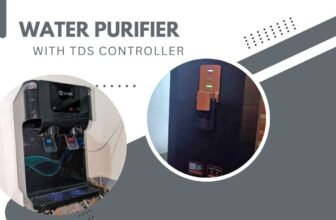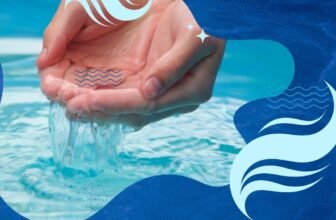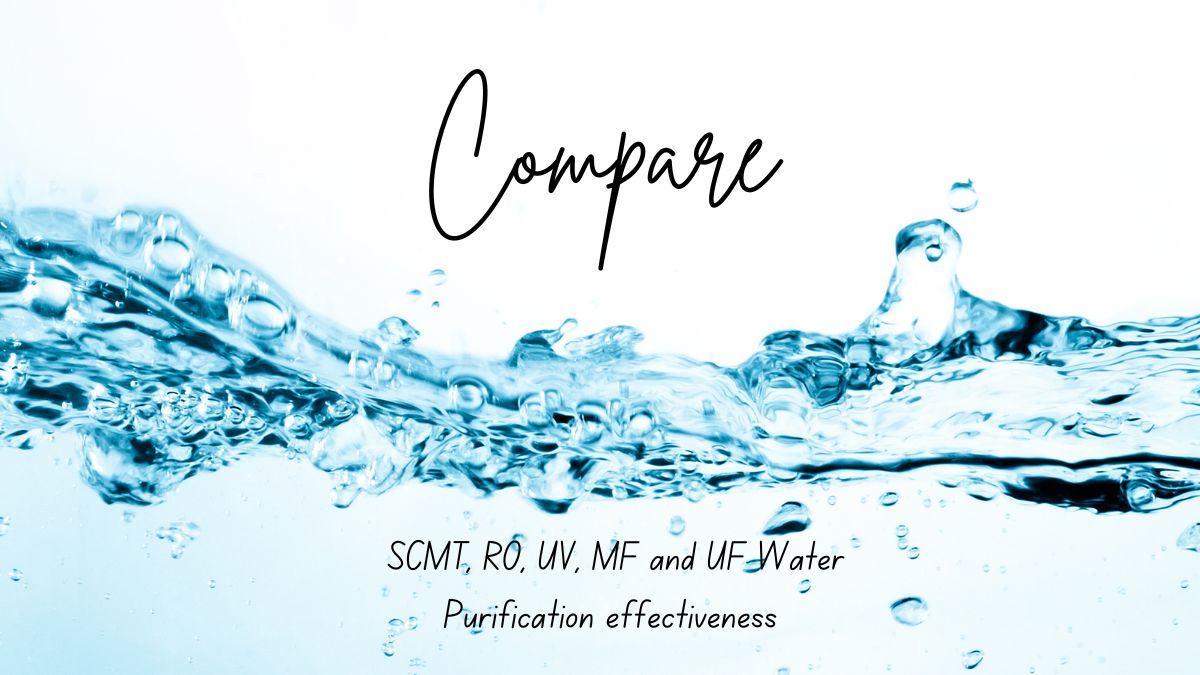
A single millilitre of contaminated water can have more than 1,000,000 microorganisms. This fact highlights how crucial effective water purification is. In India, choosing the right water purifier is challenging but important for safe drinking water. SCMT water purifiers are excellent at stopping microbes from contaminating water again, even after RO cleaning. This piece looks at how SCMT compares with traditional RO, UV, and modern MF and UF purifiers.
The A.O. Smith Z8 model is remarkable. It uses both RO and SCMT to ensure the water is clean, tasty, and full of essential minerals. When shopping for water purifiers online, people want more than clean water. They look for safety, health, and good taste. This article will help you understand the different water purifiers and make a wise choice.
Understanding Water Purification Technologies
Water purifiers have become essential in our daily lives, especially when it comes to health and hygiene. They use advanced technologies to make sure our drinking water is clean and safe. There are several methods like SCMT, RO, UV, MF, and UF. Each one works differently based on what the water needs.
Importance of Safe Drinking Water and the Role of Purifiers
Having safe drinking water is very important all over the world. This is because there’s a higher chance of water being contaminated with harmful things. Water purifiers help by removing these bad elements. They manage to keep the water clean and also keep the good minerals we need.
Overview of Different Water Purification Methods
There are many ways to purify water, each designed for specific water issues. Let’s look at some key methods:
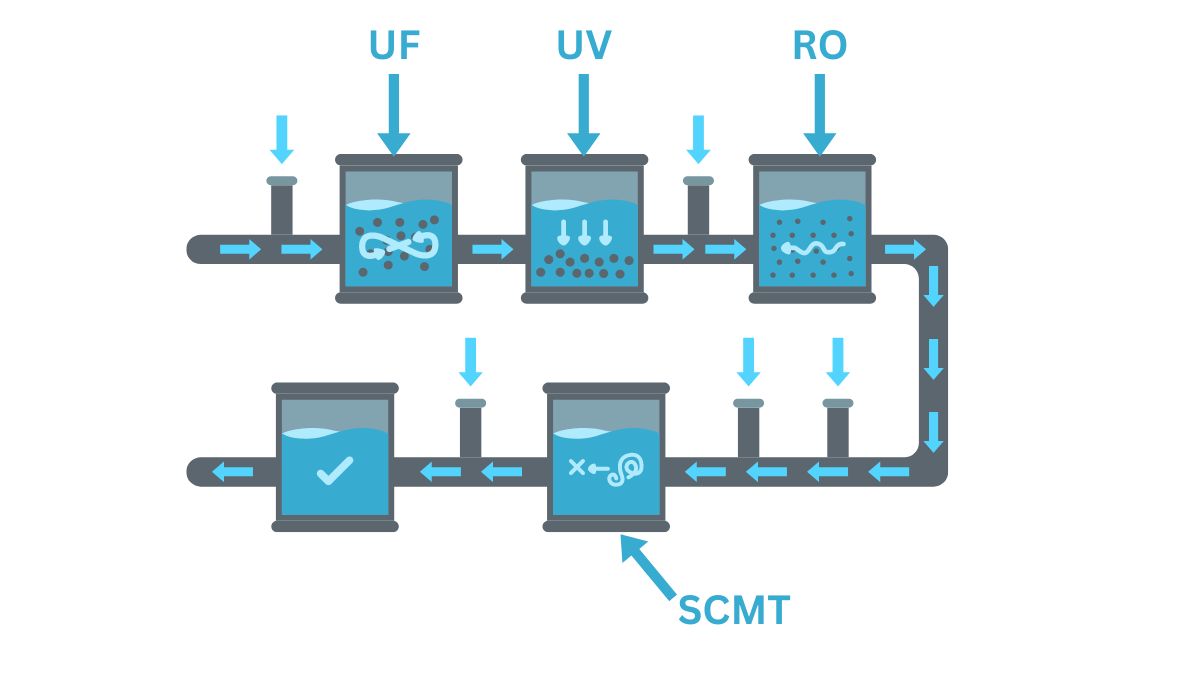
Each purification method addresses different needs and can be combined for more complete protection. Through these technologies, we can all have access to clean drinking water. This shows how vital advanced water purifiers are in our world today.
The Significance of Silver Charged Membrane Technology (SCMT) in Purification
Exploring the role of Silver Charged Membrane Technology (SCMT) shows its key role in modern water purification. This technology uses silver’s natural antibacterial traits. It makes water safer and boosts purification alongside other filters.
How SCMT Works and Its Benefits
SCMT uses a special method with a silver-based membrane. This stops harmful microorganisms and keeps essential minerals. It brings several advantages. These include longer filter life, lower risk of contamination, and better tasting water. This is crucial for homes, especially those with babies, offering them safer and more trustworthy water.
Comparison of SCMT with Traditional Water Purification Systems
SCMT purifiers outdo traditional water purification methods like charcoal filters or sedimentation. Below is a table comparing SCMT with old methods. It shows SCMT’s superior purification and wider protective spectrum.
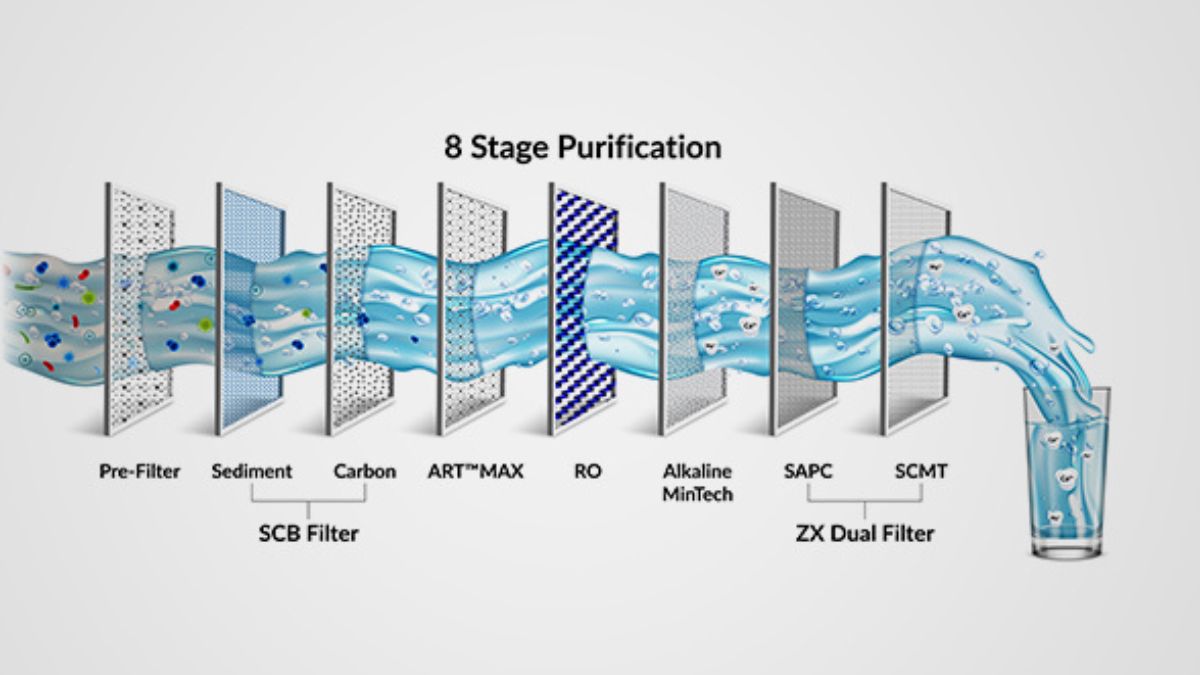
| Feature | Traditional Systems | SCMT Systems |
|---|---|---|
| Primary Purification Effectiveness | Limited to physical and slight chemical impurities | Extends to microbiological and secondary contamination levels |
| Impact on Water Taste | Can result in taste alterations due to chemicals | Preserves natural taste with effective microbial control |
| Maintenance and Lifespan | Requires frequent replacement | Longer lifespan due to advanced technology integration |
| Cost-Effectiveness | Initially lower, but higher operational cost | Higher initial cost, but more cost-effective in the long term |
The importance of SCMT in making water purifiers better is clear. With this technology, like in the A.O. Smith Z8 model, SCMT water purifiers outshine traditional systems and push new boundaries in purifying water.
A Detailed Look at Reverse Osmosis (RO) Water Purifiers
Reverse osmosis (RO) is key in purifying water, especially where water has lots of dissolved solids. This section looks at how RO purifiers make water so clean. It also talks about their benefits and downsides. Plus, it highlights their use in leading SCMT RO UV MF UF purifiers.
RO Purification Process and Its Effectiveness
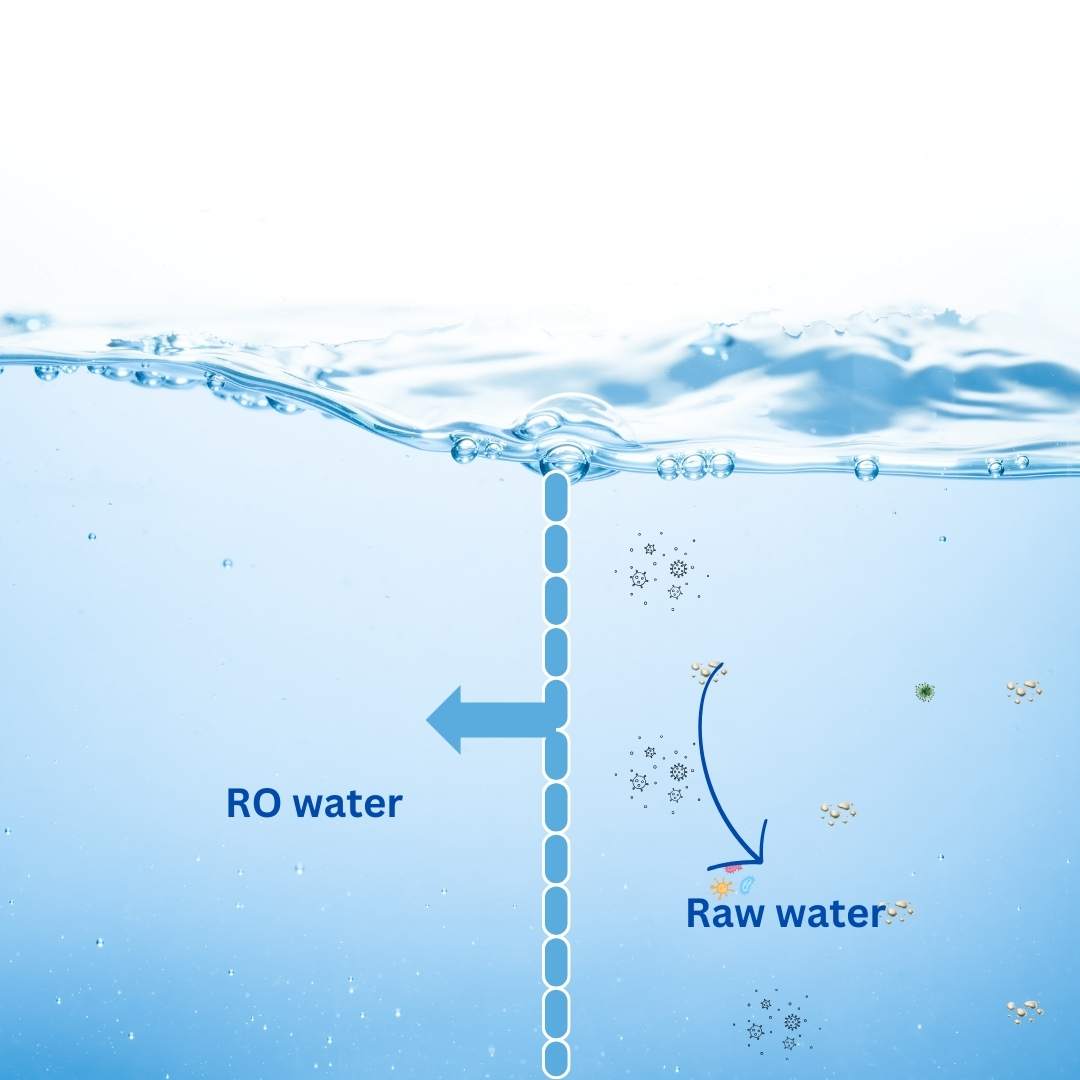
Reverse osmosis uses a thin membrane to catch tiny pollutants, as small as 0.0001 micrometres. This process is very good at ensuring water is safe to drink. Many advanced SCMT RO UV MF UF purifiers use this to make sure the water is of top quality.
Related – Kent Zero Vs Livpure Less Water Wastage Water Purifier
Pros and Cons of Using RO Water Purifiers
RO purifiers are great but have some issues too. One problem is they can take out good minerals with the bad stuff. This might make the water less healthy. Also, they use a lot of water, which is not good in places that don’t have much water. Some models, like the Kent Supreme Alkaline, try to fix these problems. They add minerals back and don’t waste as much water.
Related – Alkaline Vs Copper Water Purifier
The Role of Ultraviolet (UV) in Water Disinfection
Ultraviolet (UV) water disinfection is a top choice for making drinking water safe without chemicals. It kills pathogens like bacteria and viruses effectively, ensuring the water is healthy to drink. It doesn’t change the water’s taste or smell, unlike chemical disinfectants.
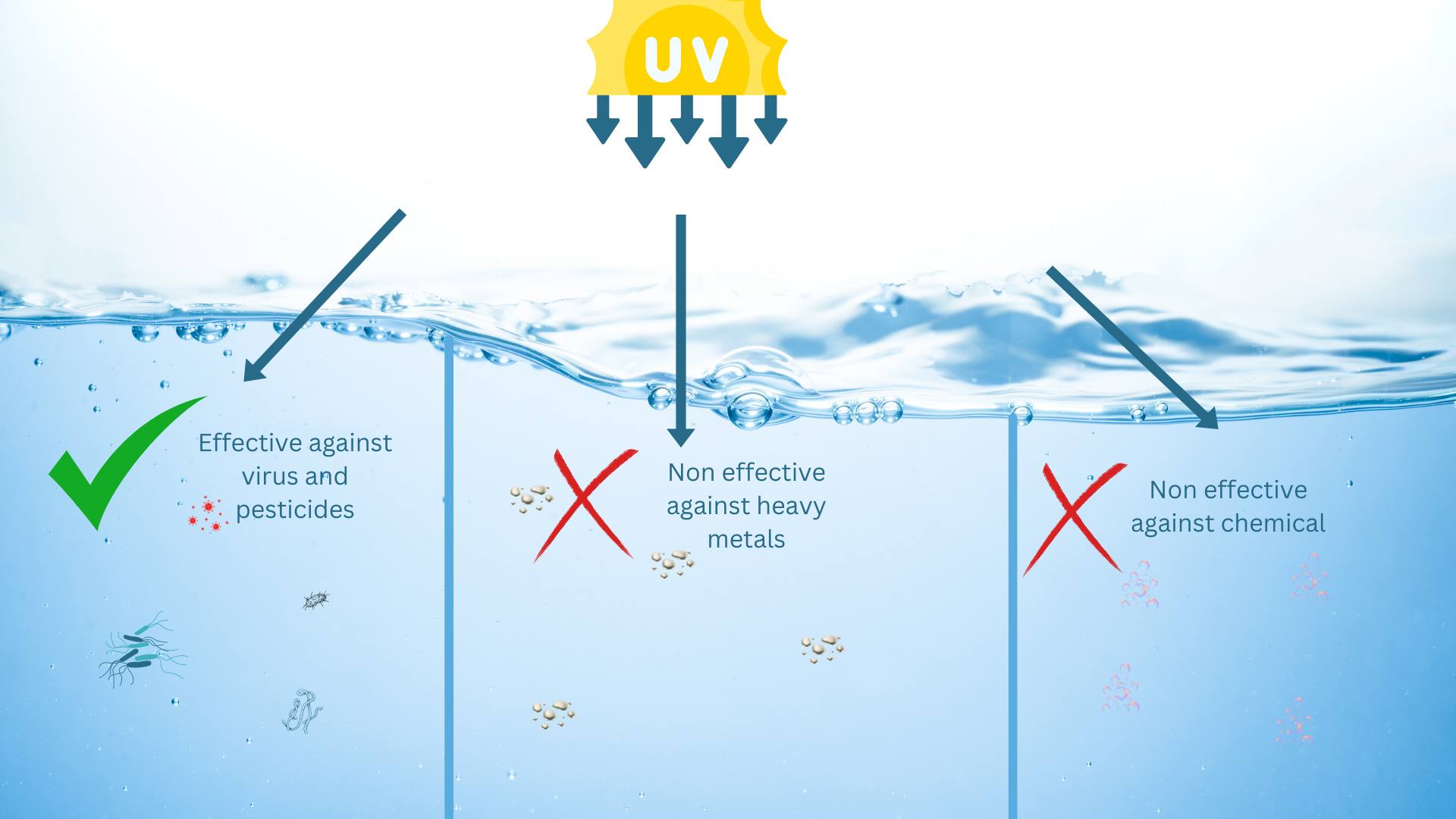
UV technology works well in cities where the water has low Total Dissolved Solids (TDS). It quickly purifies water without harming the environment. No chemical leftovers mean it’s good for the planet too.
| Feature | Description |
|---|---|
| UV Purification Method | Uses UV light to neutralise microorganisms |
| Effectiveness | Highly effective against bacteria and viruses |
| Process Type | Non-chemical, does not alter taste or odour |
| Suitable for | Low TDS water sources like municipal supply |
| Environmental Impact | Eco-friendly with zero chemical discharge |
| Cost Efficiency | Low operational costs, making it an affordable choice |
Many families now choose affordable SCMT RO UV MF UF purifiers with UV technology. These purifiers mix UV with other filters. This mix increases the safety and taste of the water.
Microfiltration (MF) and Its Application in Water Purifiers
Microfiltration helps clean water by removing suspended solids, bacteria, and protozoa. It uses membranes with pores sized between 0.1 and 10 micrometres. This method is key for improving water clarity. It is especially useful in areas where the water is not very cloudy.
Microfiltration is a powerful part of modern water purifiers, standing out in SCMT RO UV MF UF comparisons. Leading brands such as HUL and Aquaguard use MF. They aim to tackle a wide range of impurities.
| Technology | Primary Function | Common Applications |
|---|---|---|
| Microfiltration (MF) | Removal of suspended solids, bacteria, and protozoa | Areas with low turbidity water |
| Reverse Osmosis (RO) | Reduction of dissolved solids, metals, and certain organic compounds | High TDS level areas |
| Ultraviolet (UV) | Inactivation of viruses and bacteria without chemicals | Low TDS municipal water supplies |
| Ultrafiltration (UF) | Removal of most pathogens, including finer particles | Regions with endemic waterborne diseases |
Microfiltration stands out in multistage purification systems, especially where the water contains few suspended particles. By using MF, producers can ensure their water purifiers meet high standards. This means cleaner and safer water for users.
Looking at the SCMT RO UV MF UF comparison, it’s clear each technology suits different needs. Understanding this helps people choose the right water purifier for them. It’s all about matching the purifier with the water’s specific challenges.
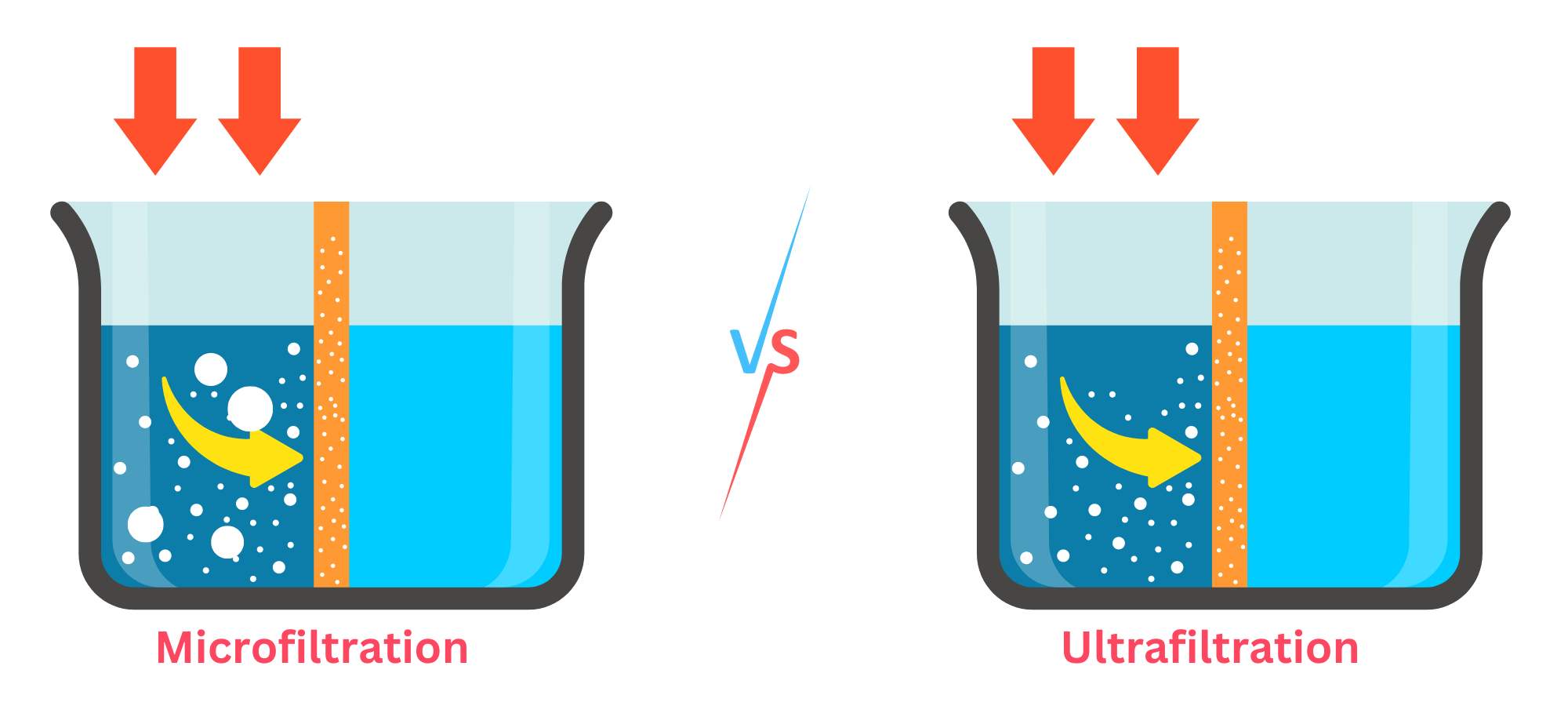
Understanding Ultrafiltration (UF) Water Purifiers
The ultrafiltration process uses advanced technology to protect against common water pollutants. It explains how UF water purifiers are more efficient compared to other filtration methods. This shows why they are often the top choice for many homes.
The UF Purification Process Explained
Ultrafiltration works with fine membranes, having pores between 0.01 to 0.1 micrometres. Thanks to this, UF purifiers excel at catching bacteria, viruses, and cysts. They are especially useful in places with unreliable electricity. This is because they rely on gravity to move water through the UF membrane, making them energy-saving.
Key Advantages of UF Water Purifiers Over Other Technologies
UF systems can work without electric power, perfect for areas far from city centres. Adding UF purifiers to other systems, like RO, creates a thorough cleaning from many pollutants. This combination keeps the water tank clean, greatly improving home water hygiene.
UF water purifiers are also known for lasting longer than many others, with less need for upkeep and filter changes. Their durability and top-notch filtration make UF technology a smart, cost-effective choice for purifying water.
- Effectiveness in removing pathogens
- Operational without electric power
- Complementarity with other filtration technologies
- Increased durability and reduced maintenance requirements
If you’re looking for a reliable, effective, and budget-friendly water purifier, the ultrafiltration process is worth considering. When used in the best SCMT RO UV MF UF purifiers, it ensures your drinking water is safe and clean.
SCMT, RO, UV, MF and UF Water Purifiers: Comparing the Contenders
Water purification technologies like SCMT, RO, UV, MF, and UF tackle different impurities. Their effectiveness and cost vary. This makes some better for certain places than others.
Evaluating Water Quality Post-Purification
It’s important to check water quality after it’s purified. SCMT technology is great at stopping more germs from growing, especially after RO is used. RO is best for lowering dissolved stuff in water. This makes it perfect for places with very salty water.
UV kills germs without changing how water tastes. MF and UF are good at making water clear. They take out big particles and microbes. Therefore, each method is important and depends on what the water was like before and what it needs to be like after.
Estimating the Cost-Effectiveness of Each Technology
Looking at costs and savings helps decide on a water purifier. UV systems are good for clean water areas. They don’t use much power and are cheaper to run. RO systems cost more at first but save money later in dirty water areas.
MF and UF are easy on your wallet for setup and upkeep but might need more care based on the water. Deciding on a water purifier involves thinking about both the quality you want and how much you can spend. This helps people make choices they’re happy with, considering both quality and costs.
SCMT, RO, UV, MF, and UF Purifiers on the Market
When looking into water purifiers, we find a lot of choices. They come with high-tech features like SCMT, RO, UV, MF, and UF. These technologies meet different needs to ensure the water we drink is clean and safe. In this review, we’ll focus on the top devices known for their advanced design and effectiveness. We’ll explore what makes these models stand out, aiming to help you pick the best one for your home.
Installation and Maintenance of SCMT, RO, UV, MF, and UF Purifiers
Getting your water purifier installed correctly and keeping up with its maintenance are key. These steps make sure your device works well for a long time. The needs for setting up and caring for SCMT, RO, UV, MF, or UF purifiers differ. Because of this, how long your water purifier lasts can change a lot.
Installation Procedures for Different Technologies
Setting up a water purifier involves more than just connecting it to a water source. It includes several essential steps that ensure the purifier works at its best. RO systems are complex and usually need a professional to install them properly. This is because they have many filters and membranes. UV and UF purifiers are easier to install. You might do it yourself if you’re skilled or if the maker gives clear instructions.
Despite the type, some common installation steps are:
Long-Term Maintenance and Care for Durability
To keep your water purification system running well and lasting a long time, you need to take care of it regularly. This means cleaning it often, changing filters when needed, and getting it checked by a pro now and then. Following the right maintenance plan and using real replacement parts make your purifier last longer. Let’s look at the usual care tips from top brands:
| Purifier Type | Core Maintenance Task | Frequency |
|---|---|---|
| RO | Membrane Replacement | Every 6 to 12 months |
| SCMT | SCMT Module Check and Clean | Every 12 months |
| UV | UV Lamp Replacement | Annually |
| MF/UF | Membrane Cleaning/Replacement | Every 6 months |
Big names like KENT and Aquaguard also give long service warranties and free check-up visits for some time. This helps make sure your money in purifier care is well-spent. Keeping up with regular maintenance doesn’t just help the system work smoothly. It also plays a big part in making sure the water stays safe and clean to drink.




